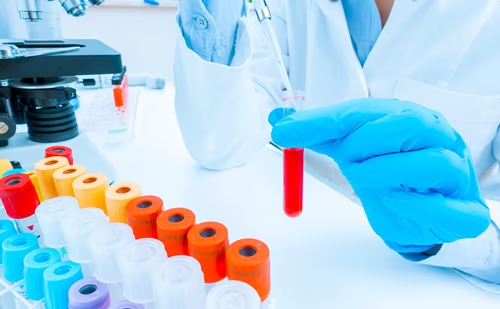Welcome to the latest edition of European Endocrinology, which features a range of articles describing current practices and research that directly affect endocrinologists, as well as being of interest to the wider biomedical community.
Diabetes is the focus of several articles, reflecting the importance of this disease, the incidence of which is growing at an unprecedented rate. In an expert interview, Chantal Mathieu discusses the latest developments in the treatment of type 1 (T1D) and type 2 diabetes (T2D). Two editorials by Kalra et al. discuss the flexibility of modern sulfonylureas in the management of T2D and evidence supporting its benefits in renal health. The third describes the concept of euthymia, or optimal mood, in diabetes. Heinemann et al., describe the proceedings of a satellite symposium on the future of self-monitoring of blood glucose (SMBG) and continuous glucose monitoring (CGM), which took place during the 11th International Conference on Advanced Technologies & Treatments for Diabetes (ATTD 2018). Following the pivotal EMPA-REG OUTCOME study, empagliflozin was approved by the US Food and Drug Administration (FDA) for the reduction of cardiovascular (CV) death in adults with T2D and CV disease (CVD). David Fitchett reviews the EMPA-REG OUTCOME study and its implications for clinical practice.
Insulin therapy presents an additional financial burden on healthcare systems. Hellmund et al. investigate the economic benefits of flash glucose monitoring compared with routine SMBG. Flash glucose monitoring is also the subject of two Swedish research studies by Bilir et al., which assess the cost-effectiveness of using flash monitoring versus SMBG in patients with both T1D and T2D. Hypoglycaemia remains a significant barrier to optimal glycaemic control in patients with insulin-treated diabetes. Adolfsson et al. review the clinical and financial implications of hypoglycaemia and also discuss the evidence supporting CGM in reducing the burden of hypoglycaemia.
Another issue associated with insulin use in both T1D and T2D is the worsening of obesity. Raveendran et al. explore the evidence for non-pharmacological interventions, including medical nutrition interventions, change of lifestyles and bariatric surgery, in the management of diabetes. Abdalla et al. investigate possible associations between salivary leptin concentrations with body mass index, whole body fat percentage and fat distribution in healthy adult Malay males.
In other areas of endocrinology, Zahr and Fleseriu discuss recent advances in the diagnosis, screening and treatment of acromegaly. Corsello et al. review the mechanism and unmet needs of mitotane therapy in adrenocortical carcinoma. Grinspon et al. discuss the challenges of defining male central hypogonadism in childhood.
European Endocrinology would like to thank all participants on this edition, from organisations to individuals. A special thanks goes to our Editorial Board for their continuing support and guidance. We are also grateful to the expert authors, who gave their valuable time and effort to produce these insightful articles. We hope that the topics covered provide something of interest for every reader, and that you find this edition useful and thought-provoking.







